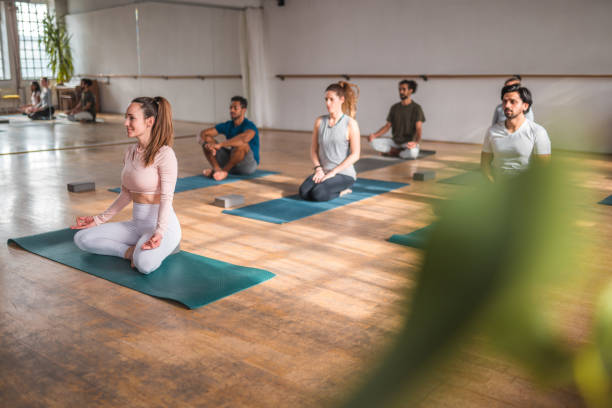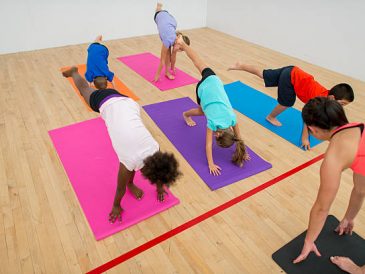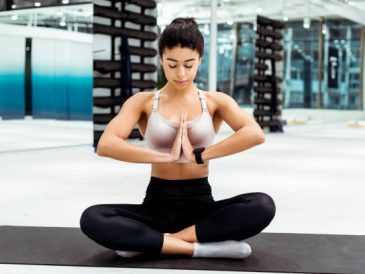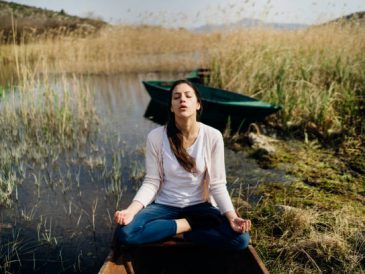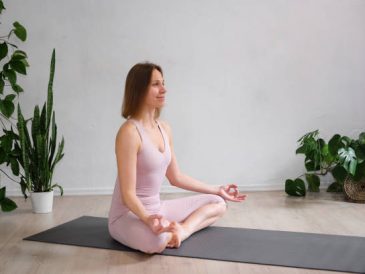In a recent NY Post article, the author outlines some of humanity’s worst teaching scenarios. One could dismiss the article as snarky or provocative. On the other hand, it was not all lies.
Yoga teachers who have good intentions often mislead students about the practice.
The mimicry stage may be needed initially for growth. However, soon after this, the teacher must individuate, whereby they know the reasons behind the things that they say.
The Truth
- Yoga teachers do not all look the same.
- Yoga Alliance-approved schools do not all offer the same quality of yoga.
- Yoga Alliance-certified teachers may not have the knowledge and skills to guide others through a physical, emotional, and spiritual practice (whether they want to or not).
It takes practice and time to become a good teacher. When we “play the part” of a yoga teacher, it is no different from accepting an acting role or playing a character.
Instead, we must challenge ourselves to become authentic yoga teachers, fully embodied and devoted to what we teach before we test asanas, energies, or spiritual teachings out on our students.
Yoga isn’t a one-size-fits-all recipe.
This ancient practice has so much more to it than meets the eye.
The minimum requirements for teaching yoga are emotional maturity, self-inquiry, inner mastery, Yamas & Niyamas integrity, knowledge of the Yoga Sutras’ foundational guidelines, and the ability to perform the poses safely and uniquely.
We all have a responsibility to raise the level of the yoga profession so that we can meet this minimum standard.
Alchemy of Yoga is the yoga school I founded over ten years ago. The training program took me five long years to create. I was already familiar with adult learning because my corporate specialty was Training and Development.
We are proud to have offered comprehensive, systematic, and organized sacred learning to more than 20 graduating classes. Other yoga schools have the same level of expertise.
Standards for Teacher Training Programs
I asked Emily Perry from California, a veteran teacher trainer and international yoga leader, about the highlights of a training program for teachers. “A yoga training program should produce qualified, knowledgeable teachers who understand:
- The role of the yoga teacher and the importance we place on creating a safe environment for our students
- The path of yoga practice is the platform from which we offer and share yoga
- What is the core of these teachings?
- Alignment and form are ways to align the heart, mind, energy, and body in practice with our intentions and deeper meanings. How can we align ourselves with the work we’re called to do in the world?
How can we encourage substance over style in the competitive social media environment of today, and what impact does that have on the *37 million Americans who practiced yoga in 2016? (*Data is based on Yoga Journal and Yoga Alliance.
This is something we do together, with each teacher taking on the responsibility of yoga as a career. We invest in yoga education as a group, not only starting at 200 hours.
Consumer Education
- How can we educate consumers to be well informed and discriminating about yoga?
- How can we help the yoga enthusiast choose great teacher-training programs?
- What advice can we give to aspiring yoga teachers? What is our advice to them?
This is a discussion I would love to have. Please comment below if you have any suggestions for how we can support and promote exceptional Yoga Teacher Training Programs. I would love to hear what you think.
